Description
Complexing agent that establishes connection to many metal cations and traps them. This compound is widely used in many research processes to separate or purify solutions.
Features and Advantages:
• Colorless substance
• Water soluble
• Chelating agent
• pH modifier
Applications:
In the industry: This chemical compound is commonly used to separate metal ions in aqueous solution. EDTA.2Na is also used in textile industry. This material prevents entry of metal impurity ions that change the color of the fabric.
Dry cleaning: EDTA is used to reduce water hardness and better washing condition.
In medical science: This substance has numerous applications in medicine. For example, this product removes excessive amount of iron from the body. Also, it plays an important role in the thalassemia treatment. Additionally, Dentists use EDTA to remove spot on the tooth and prepare the tooth canal for the filling process. It is also widely used in blood tests. EDTA.2Na also has anticoagulant properties, controls the calcium in the blood sample, stops the blood coagulation, and preserves the morphology of the blood cells.
In the food industry: EDTA.2Na is added to the food as an additive to increase its maintenance time.
In the gas industry: It is regularly used to remove hydrogen sulfide from the natural gas stream.
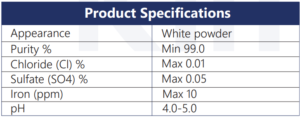




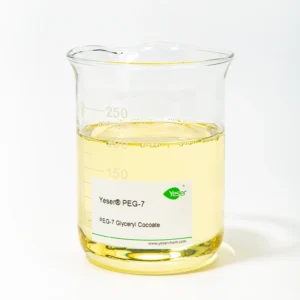
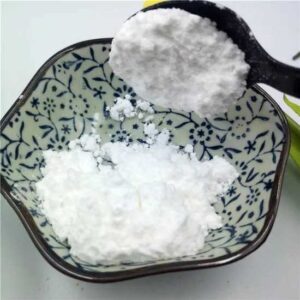
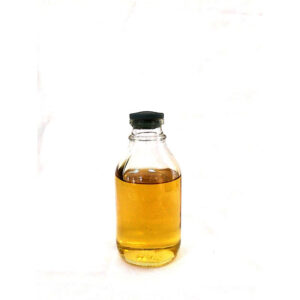
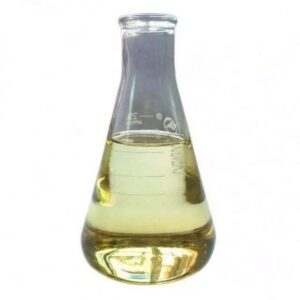
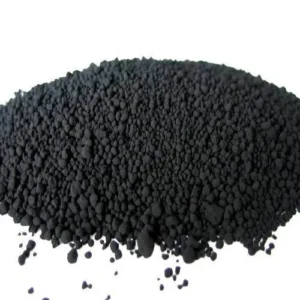
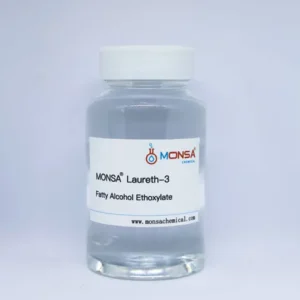
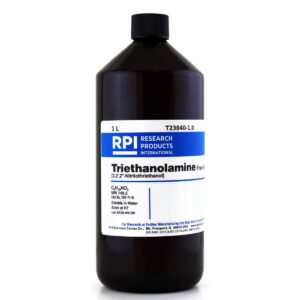
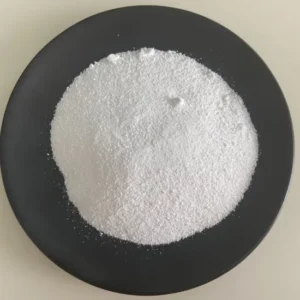
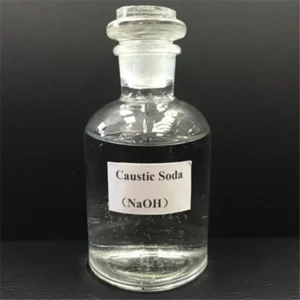
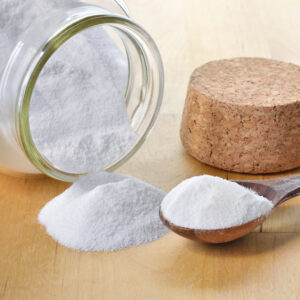
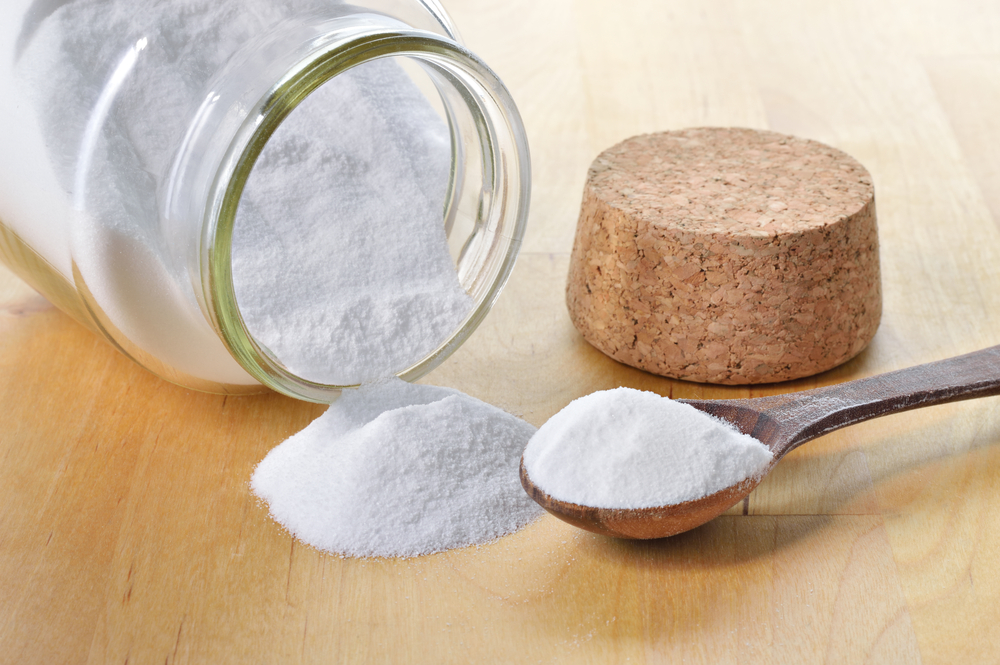
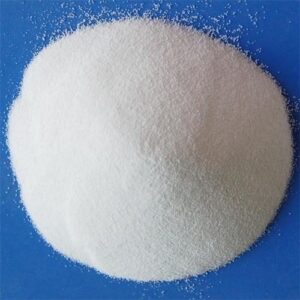
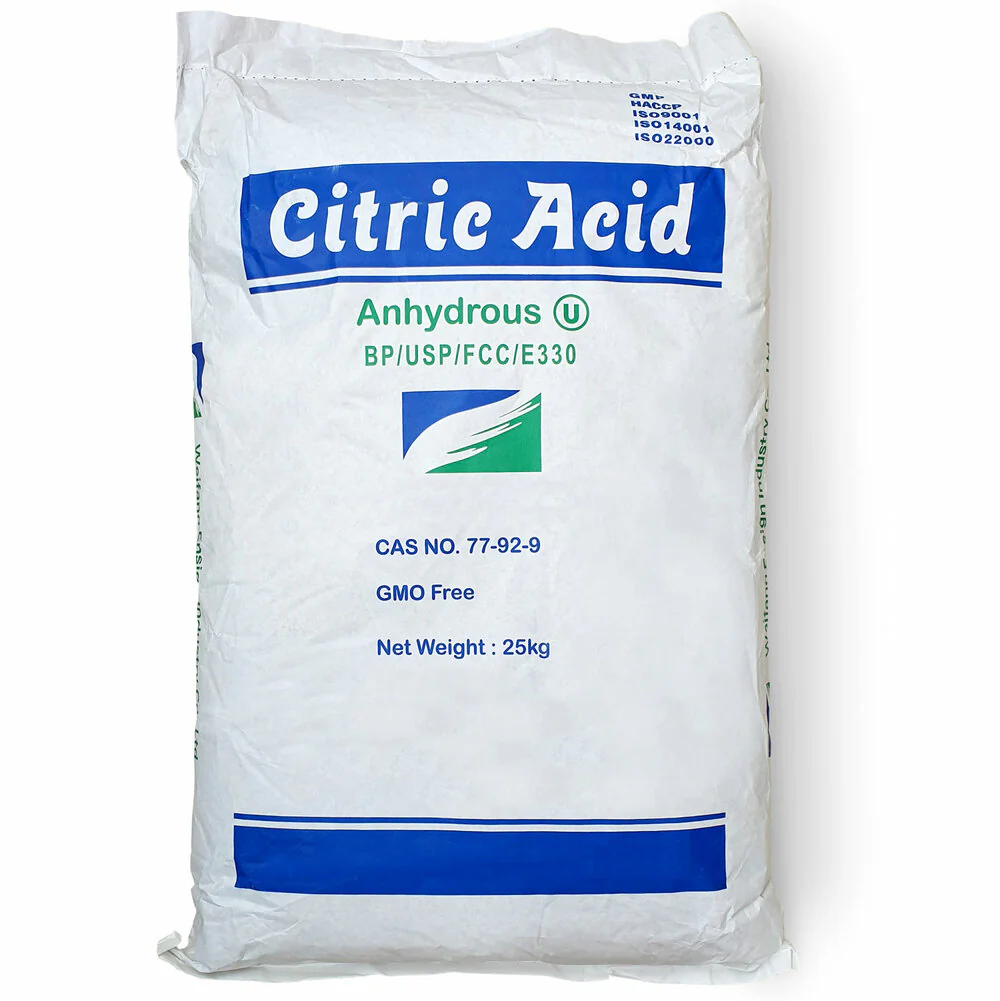
Reviews
There are no reviews yet.